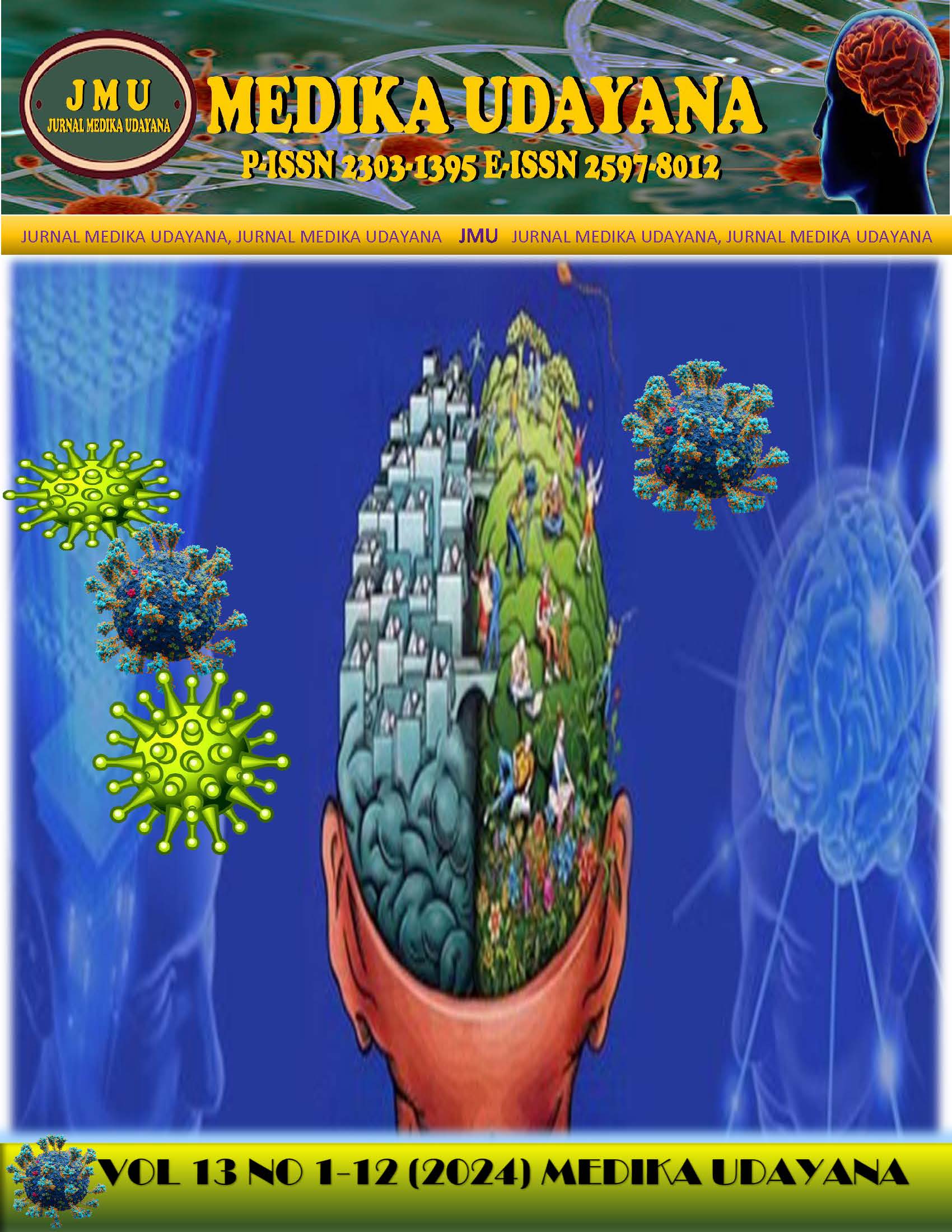CORRELATION OF NUTRITIONAL STATUS BETWEEN PUBLIC AND PRIVATE PRIMARY SCHOOL CHILDREN AGED 10-13 YEARS IN JIMBARAN POST-COVID-19 PANDEMIC
Abstract
Background: Several studies show differences in the nutritional status of children attending public and private schools. The Covid-19 pandemic, which has a global impact on various sectors of life, indirectly affects the nutritional status of children. During the pandemic, children stayed at home more and tended not to do strenuous activities such as exercising or going to the playground. This research aims to assess the nutritional status of children attending public and private elementary schools after the Covid-19 pandemic.
Method: This research is an analytical observational study using a cross-sectional design. The research was conducted in the Academic Center room at Udayana University Hospital in July 2022. This research involved a number of elementary school students from three elementary schools in the Jimbaran, Badung, Bali area. Inclusion criteria were elementary school children aged 10-13 years with exclusion criteria including children who did not receive permission to participate in research activities from their parents after explaining post-explanatory consent (PSP). Nutritional status is assessed using anthropometric standards from WHO and Waterlow, where nutritional status will be divided into Mild PEM, Moderate PEM, and Heavy PEM, Overweight, Obese, Superobese and Normal. All data were processed and analyzed statistically using the SPSS version 21 program which was displayed in the form of proportion (percentage), number, mean (standard deviation), and median (range, minimum-maximum). Comparison of nutritional status using Chi-Square analysis
Results: There were 189 children in this study with a median age of 11 years (range 11-13 years). There is no difference in the nutritional status of children attending private elementary schools and public elementary schools after the Covid-19 pandemic. There was 1 child (0.5%) with severe protein energy malnutrition (PEM), 50 children (26.5%) with mild PEM, and 67 children with normal or good condition (35.4%).
Conclusion: This research shows that there is no significant difference in nutritional status between children attending public and private elementary schools after the Covid-19 pandemic. 35.4% of children had good or normal nutritional status.
Key words: public elementary school, private elementary school, nutritional status, covid-19











